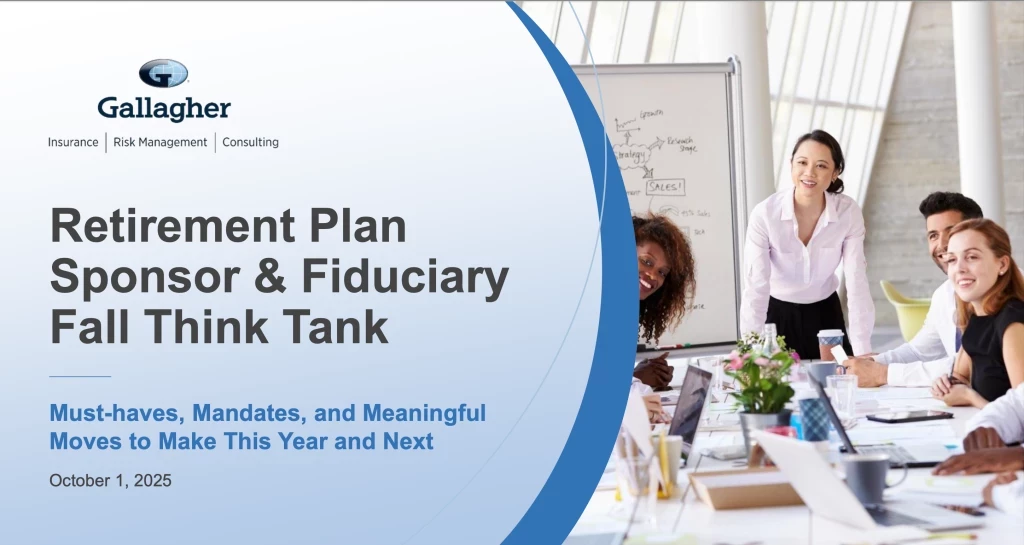Learning Agility: The New Frontier
Why Hiring Leaders Should Start Focusing on Learning Agility as a Key Attribute
Add bookmark
With so many professionals on the market for a new position given the infamous 2020 crisis, I thought it would be beneficial to write about the one competency that is so critical to a company’s success but so rarely evaluated in the interview process- Learning Agility.
What’s frustrating is how important this attribute is and how it can’t be assessed on a resume. I can’t tell you how many people have posted to LinkedIn the incredible number of resumes they’ve submitted with no response back. While I understand the rat race recruiters are under and how the influx of candidates makes their job so incredibly hard, it’s unfortunate to see talented, smart, and driven people get denied opportunities when they haven’t been able to show their worth. It’s like an actor being disqualified before auditioning; doesn’t seem fair, right?
When I started my research for this article, I started by looking up the top competencies that are reviewed in an interview by most hiring leaders. As you can imagine, the usual ones came up: communication, teamwork, initiative, results orientation, trustworthiness, etc. But ‘learning agility’ didn’t come up; almost never. This seems like quite the miss given its importance in our global, fast paced economy.
Learning Agility is a critical skill needed to thrive in today’s marketplace. The solutions that solved yesterday’s problems will not solve tomorrow’s and leaders need to have the ability to quickly and appropriately react to these challenges. For example, COVID-19. Previous crisis management tools may have solved some problems in an organization in 2019 but wouldn’t take you the entire way to resolution in 2020.
COVID brought on a whole new set of problems: quickly adapting to new legislation, navigating a crisis, ensuring employee well-being, and pivoting business models to tailor their offerings in a pandemic world. All of these require an ability to customize your approach and adapt.
READ MORE FROM CHARLES ABRAMO: The Price of Remote Work
The ability to master new problems, adapt to an ever-changing landscape, and quickly understand new concepts is vital in most growing companies. Take 2020 for example- how many times did you have to utilize an agile mindset? Additionally, how many new challenges did you face in 2020? I’m guessing a lot given the year we’ve had.
What is Learning Agility?
Alright- let’s talk about what learning agility means.
Learning Agility, according to the Harvard Business Review is: “a mind-set and corresponding collection of practices that allow leaders to continually develop, grow, and utilize new strategies that will equip them for the increasingly complex problems they face in their organizations.”
WOW!
That seems like an important attribute to have in candidates. While the entire definition drives a holistic understanding of the term, what was the most important word in that definition? ‘Continually.’ Learning agility is the ability to constantly evaluate and adapt to new problems.
Changing Times
We say it all the time- “things are moving so fast,” “we are changing so rapidly,” etc. This rapid change is not a point-in-time attribute of 2020, it’s evergreen. We will always be moving at new speeds and that pace brings on different challenges and an enhanced need for quicker solutions.
Learning agility, as defined above, is one’s ability to navigate and thrive under new challenges. According to an article on SmartDraw, CEOs value these top 5 attributes:
- Effective problem solving skills
- Results driven
- Supportive of others
- Encourages a variety of perspectives
- Champions changes.
Learning agility encompasses 4 out of those 5 attributes; that’s 80% of what CEOs are looking for.
Companies and higher education spend a considerable amount of time training professionals on the topics of communication, technical skills, and leadership but so rarely are professionals trained on how they personally learn new material, how to increase their own learning potential, and how to navigate new endeavors more easily. How we react to and adopt change may be the single most important thing for a hiring leader to know about candidates.
By not interviewing for, assessing, or valuing this competency, the hiring manager is leaving a lot on the table. Leaders vocalize how much change is coming in the next few weeks/months/quarters, leaders then interview for new members of the team, and never assess how the individual can navigate change for themselves or others. Ultimately, we leave it up to fate on how this person will thrive in a sea of the unknown. In some roles, the ability to conquer the unknown is just as critical as being good at math is to an accountant.
An All-Encompassing System
When assessed and defined accurately, learning agility can mean a lot of things: change agility, intellectual horsepower, problem solving and resiliency, amongst others. It’s a term that casts a big shadow. With proper learning agility, many other competencies can be developed. If learning agility is an area of opportunity, there are many subcategories that can be addressed to help increase proficiency.
Did you ever know someone who seemed to thrive in any situation or challenge they are presented with? It’s probably safe to say that these individuals were able to thrive and deliver results because of their skill level in one of the areas mentioned below.
How to Assess and Grow
There is competing content on what drives the ability to navigate new concepts and adapt to new challenges. Some of the competencies mentioned in that research are:
- Openness to change
- Ability to navigate change
- Mental agility
- Drive for results
- Focus
- Perseverance/tenacity
- Planning
- Adaptability
- Responsiveness
Based on my research, I found the most popular themes to boil down to a more concise list.
- Ability to navigate and adapt to change
- Resiliency
- Self-awareness
- Tenacity
The term “learning agility” can be intimidating as it implies how smart one is or their cognitive ability. That’s not the case. Learning agility isn’t about how smart someone is. While higher intelligence can help learning agility, the competency is actually constructed of much more than intelligence. Resiliency, adaption to change, tenacity, and awareness all play a factor in how individuals navigate new spaces.
So, the million-dollar questions:
- How do you know your own competency level with learning agility?
- How do you get better at it?
The first question is easily answered. There are a number of assessments that can help you put a quantitative value to learning agility. Additionally, colleague feedback and self-awareness are probably your two truest forms of assessment in this area.
Question 2 is a lengthier answer. First, to get better at learning agility, you need to understand the answer to question 1- what is your relationship with learning agility? After you understand that, it should give you a map of what competencies drive learning agility for you, and where there are opportunities.
Studies have shown that exposing yourself to new, creative, and innovative content can help you navigate this space more effectively. While there are many articles around the topic of increasing your ability to learn, the Center for Creative Leadership published an article that sums it up nicely.
Learning Agility makes it in to my top 3 competencies to assess for all the reasons above. However, the thing I love most about this is the fact that, in most cases, anyone can excel at this. It’s an indicator of tenacity and engagement to the content. In my research, I came across a phrase in an article from Korn Ferry that says it all. Learning agility is “knowing what to do when you don’t know what to do.”
Photo Courtesy of Stock Photo Secrets
























